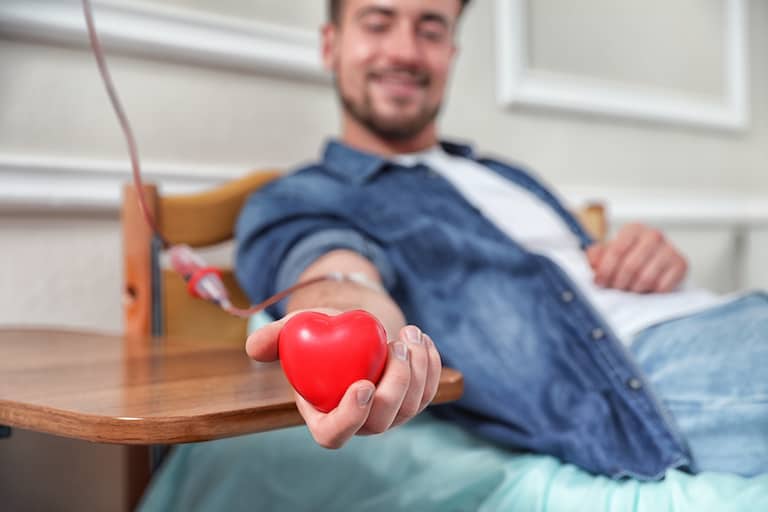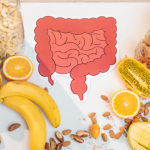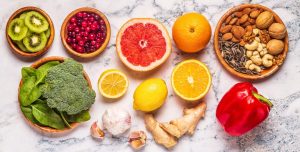Everybody has it; everybody needs it. We don’t think much about it until there is a problem and then we realise there is no substitute! Discover the mysterious, life-sustaining fluid that is blood.
Without blood, our organs couldn’t get the oxygen and nutrients they need to survive, we couldn’t keep warm or cool off, we couldn’t fight infections, and we couldn’t get rid of our own waste products. Without enough blood, we’d weaken and die.
If people lose blood from surgery or injury or if their bodies can’t produce enough, there is only one place to turn: volunteer blood donors. April is National Blood Donor Month. In the Western Cape alone, 700 units of blood are needed daily to meet the requirements of the hospitals. Here, we explain what blood is and how it helps to keep us alive.
What is blood and what does it do?
Two types of blood vessels carry blood throughout our bodies:
- The arteries carry oxygenated blood from the heart to the rest of the body.
- The blood then travels through the veins back to the heart and lungs, where it receives more oxygen.
The blood that flows through this network of veins and arteries is called whole blood, which is made up of three types of blood cells suspended in a yellowish fluid called plasma:
- red blood cells
- white blood cells
- platelets
These cells are mostly manufactured in the bone marrow, especially in the vertebrae, ribs, pelvis, skull, and sternum (breastbone). Plasma is 90% water and contains nutrients, proteins, hormones and waste products. It makes up about 50% of the total volume of blood.
Red blood cells are shaped like slightly indented, flattened disks that contain an iron-rich protein called haemoglobin. Blood gets its bright red colour when haemoglobin picks up oxygen in the lungs, which is then released to the tissues as blood travels through the body. Red blood cells make up about 40% of blood volume – more than any other type of cell. New ones are produced daily as each cell has a life span of about four months.
White blood cells are a key part of the body’s defence system. They can move in and out of the bloodstream to reach affected tissues. Your blood normally contains far fewer white blood cells than red cells. There are several types of white blood cells, and their life spans vary from a few days to months.
When you have an infection your white cell count (the number of cells in a given amount of blood) is often higher than when you are well because more white blood cells are being produced to battle the infection. Once the body has fought an infection, some of these cells “remember” how to make the specific antibodies that will quickly attack the same germ if it enters the body again.
Platelets are the smallest components of blood: oval-shaped cells that comprise 5-7% of blood volume. When a blood vessel breaks, platelets gather in the area, creating a web that seals off the leak. Platelets survive only about nine days in the bloodstream and are constantly being replaced.
Blood also contains important proteins called clotting factors that are needed to produce a strong, stable clot. Together with platelets, clotting factors form solid lumps to prevent bleeding. The process of clotting is like a puzzle with interlocking parts. When the last part is in place, the clot happens – but if only one piece is missing, the final pieces can’t come together.
Aside from oxygen the body depends on a steady supply of fuel, so other important substances distributed by blood include nutrients from the food that has been processed by the digestive system and hormones released by the endocrine glands. At the same time, it carries carbon dioxide and other waste materials to the lungs, kidneys and digestive system, from where they are removed from the body.
Blood types and transfusions
Everybody has a blood type, established before you are born by specific genes inherited from your parents. The most common blood type classification system was established in the early 1900s; the ABO system identifies four types of blood: A, B, AB, and O.
If you need a transfusion to replace or supplement blood, it is best if your type can be matched. However, you can also receive blood that may not be your exact type (See table below). In addition to receiving whole blood transfusions, you can also receive a particular component of blood, for example platelets, red blood cells or a clotting factor. When a person donates blood, the whole blood can be separated into its different parts and used in this way.
What blood type can donate blood to me?
| CAN RECEIVE | |||||||||
| O –** | O + | B – | B + | A – | A + | AB – | AB | ||
| B L O O D T Y P E | AB | * | * | * | * | * | * | * | * |
| AB – | * | * | * | * | |||||
| A + | * | * | * | * | |||||
| A – | * | * | |||||||
| B + | * | * | * | * | |||||
| B – | * | * | |||||||
| O + | * | * | |||||||
| O – | * | ||||||||
**Recent blood research indicates that where, at one time, a person with type O- blood was considered to be a ‘universal donor’, this may no longer be correct, because of a better understanding of the complex issues of immune reactions related to incompatible donor blood cells.
How much blood do we need?
- People older than 65 use 43% of all donated blood
- 25% of all blood products are used to treat cancer
- One out of every ten people entering a hospital requires blood
- Severe burn victims can need the platelets from about 20 blood unit donations
- People who suffered massive blood loss in car accidents can need transfusions of 50 units or more of red blood cells
- The average bone marrow transplant requires the platelets from about 120 donations, and the red blood cells from about 20 blood unit donations
Heard this one before? Six excuses why people don’t donate blood
- “I am afraid of the needle.” After you’ve made that first donation, you will wonder why you ever hesitated.
- “It will hurt and I will faint.” A slight pinch on the inside of your arm is all that you will feel and if you have had something substantial to eat in the four hours prior to donating, you should be fine.
- “Other people are giving enough blood.” Less than one percent of the population give blood, so there is always a need to recruit donors.
- “My blood isn’t the right type.” Regular donations of all blood types are needed.
- “I had an illness.” Discuss this with the trained clinic staff who can advise you.
- “I don’t have enough blood to spare.” The average adult body contains approximately five litres of blood and a donation is only 480ml.
Did you know?
- Blood makes up about 7% of your body’s weight
- An average adult has about 5 litres of blood – a newborn baby only has about one cup
- One standard unit or pint of blood equals about two cups
- Red blood cells can be stored under normal conditions for up to 42 days and for ten years or more if frozen
- Platelets must be used within five days
- Plasma can be collected from a normal healthy donor twice weekly and stored for up to one year if frozen
Sources:
www.medicalnewstoday.com/articles/196001
www.webmd.com/heart/anatomy-picture-of-blood
www.hematology.org/Patients/Basics/












